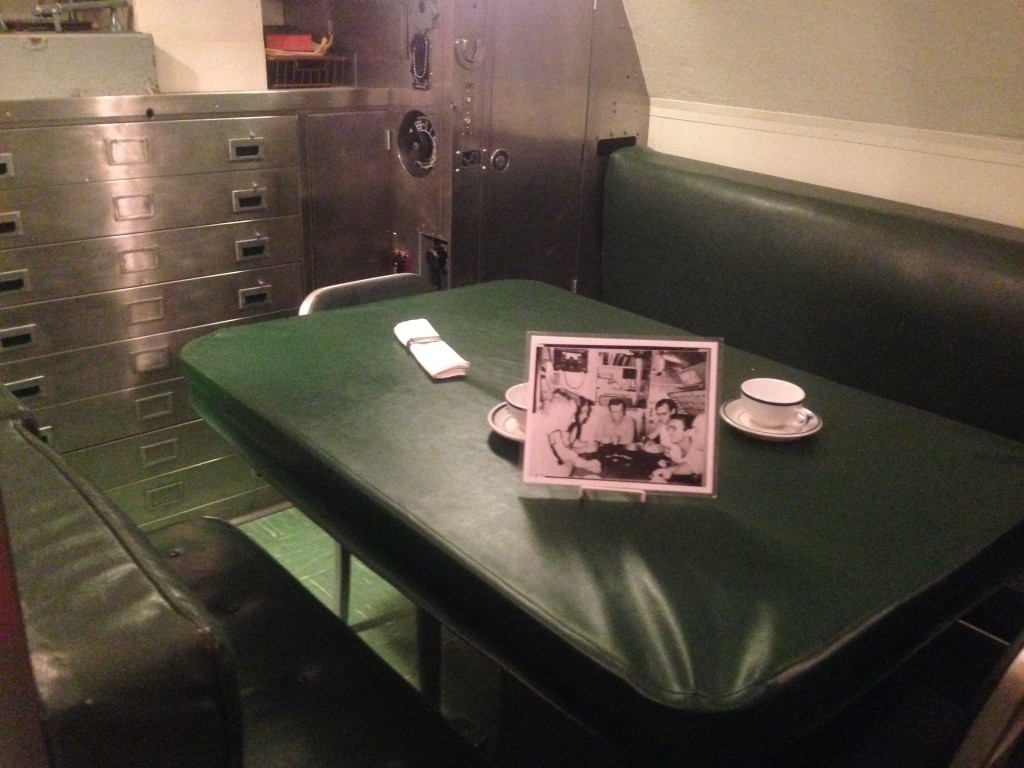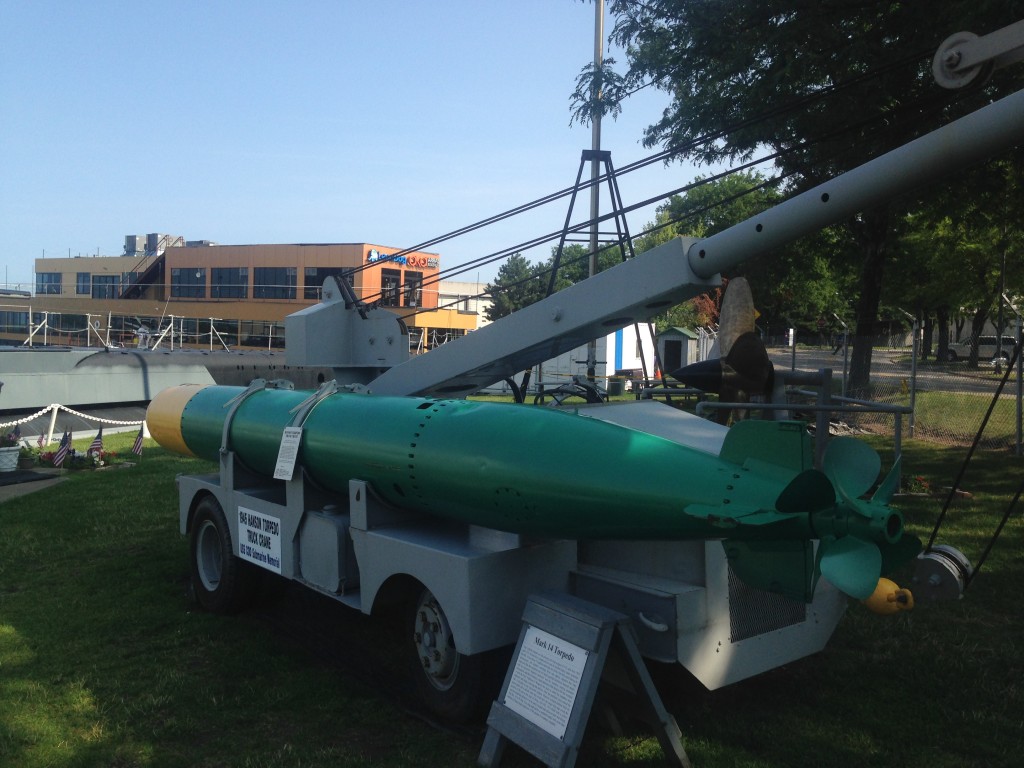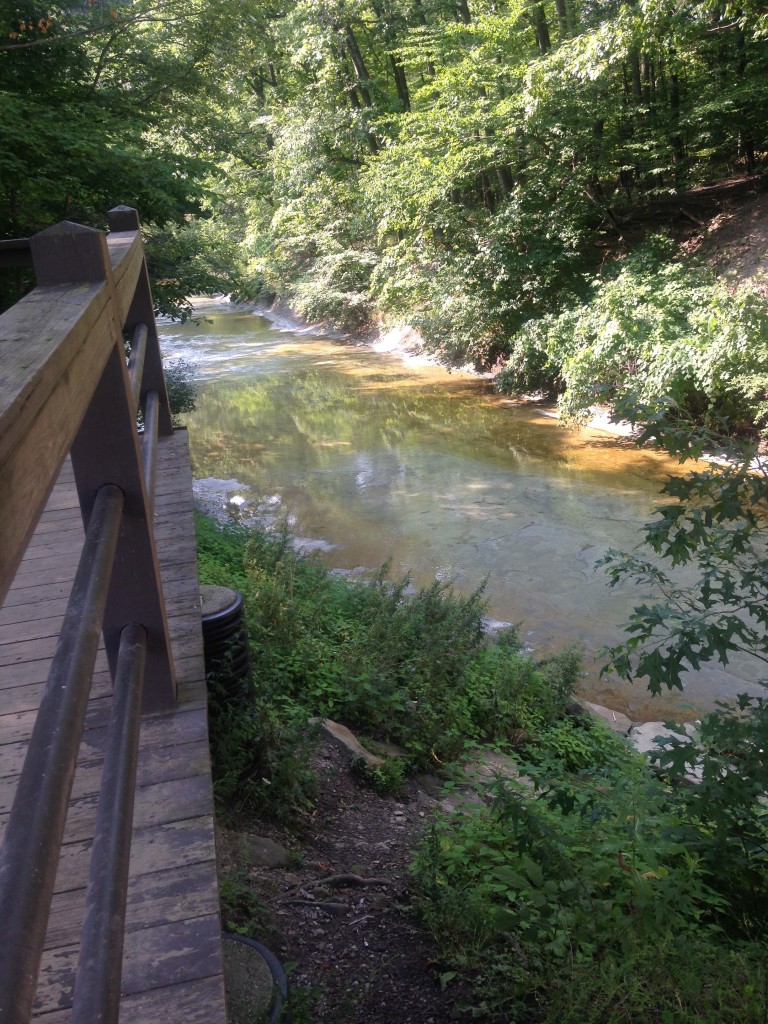The U.S.S Cod was a World War II submarine, One of the few large submarines that the US Navy had that was not damaged in Pearl Harbor. It was launched on March 21, 1943. The Cod made 7 successful war patrols before the end of the war. It was based out of Perth, Australia.
The U.S.S. Cod is 312 ft long, and weighs 1,525 tons.
While the Cod was a very successful submarine, it also holds a place in history as the only submarine to preform an international sub-to-sub rescue ever.
In July of 1945 a Dutch submarine, the O-19 was grounded on a coral outcropping. The Cod spent 2 days trying to pull the O-19 off the reef, breaking several chains in the process. While the Cod tried to pull the O-19, the O-19 was busy trying to help itself, by putting its engines completely in reverse, blowing the ballast tanks, and firing the torpedoes, hoping that all together, this would pull the submarine loose. It didn’t work. So, the Cod took on the 56 man crew, in addition to the full crew already on the U.S.S. Cod, and then they put demolition charges on the stuck O-19, finishing with shooting 2 torpedoes at it as well, to destroy it so enemy ships couldn’t get to it.
In 2003, the Dutch Navy honored the U.S.S. Cod.
The Cod was removed from service in 1946, only to be recommissioned in 1951 as a part of NATO anti-sub training missions. She was decommissioned again in 1954, but in 1959 was used as a naval reserve training vessel, based in Cleveland, Ohio. The U.S.S Cod quickly became a stop for school children to learn about a bit of history.
Today, the U.S.S. Cod is a war memorial, and a historic landmark. It is the only submarine that allows visitors that had not had ramps built, and holes made in it to allow visitors easier access. If you want to visit, you need to be prepared to enter the hatches and climb down the ladders.
This is the site that greets you when you enter the U.S.S. Cod. You will be in the forward torpedo room. There are 6 torpedo tubes that will hold 16 torpedoes total. There were 2 types of torpedoes used. The MK-14 and the MK-18. The 14 was faster, but also left a wake, pinpointing the sub’s location. In addition to the torpedo tubes, this room also holds 15 bunks for the sailors.
The next section is the Forward Battery. It holds 126 lead-acid, electric storage batteries. But, it is also where the officer’s areas are. 
The next section is the Control Room. When you enter this section, you will notice it is lit with red lighting. This red light is used at night, so if anyone has to go topside, their eyes will already be adjusted to the darkness.
This room is where the controls are that power and steer the submarine, as well as control its depth.
The Conning Tower is right above you while you stand in the control room. 
The picture is terrible, because you aren’t allowed to climb into the conning tower. You are allowed to climb halfway up the ladder, for a view. But, I’m short. So, my view was just the rungs of the ladder in front of me that they had put plexiglass over.
The conning tower is the attack center. This is where the periscopes are used, it holds the main steering station, as well as the 2 red firing buttons for the torpedoes.
Next is the After Battery Compartment. It holds another set of batteries. But, it also holds the galley and the mess hall for the elicited men. Only 24 men can sit and eat at a time, so each meal requires 3 shifts.
It was hard to get a decent picture of the space, because it was so small. Now, picture it with a full crew. Up to 97 men filled this submarine, for months at a time.
I found the refrigerator interesting. It is under the floor, so you look down at it. You cannot enter it.
The refrigerator not only held the tons of meat the crew needed, but other perishables. Under the floor is also the ammunitions locker, that doubled as a jail cell for any Japanese prisoners of war they may have.
When you venture out of the mess hall, there is a berthing area.
On the left, the bunks are stacked, three high and three deep, with no space between side to side. There is a total of 36 bunks in that small space.
Next we have the Forward Engine Room.
This room holds four 1,600HP diesel engines. The engines were actually made in Cleveland, Ohio. This room also holds 2 freshwater stills.
That’s all the pictures I have of the inside. But, next is the After Engine Room that holds additional generators, for use when necessary.
Then is the Maneuvering Room, the men in this room would control the speed of the Cod using a combination of large levers on one side of the room.
Finally, there was the After Torpedo Room. It holds 4 more torpedo tubes, 15 bunks, a signal flare ejector, and a tiny engineering office. On April 27, 1945 this room caught fire and almost destroyed the submarine. Crewman Andrew G. Johnson was helping to fight the fire when he was washed overboard and drowned.
Outside the submarine sits a M-14, on the last known, working, WWII Navy torpedo crane truck. It was used to carry torpedoes to the pier, to be loaded by a larger crane.
More Info:
Dutch Submarines: The Submarine O 19
Cod Rescues O-19– This is actual video footage of the rescue.
























